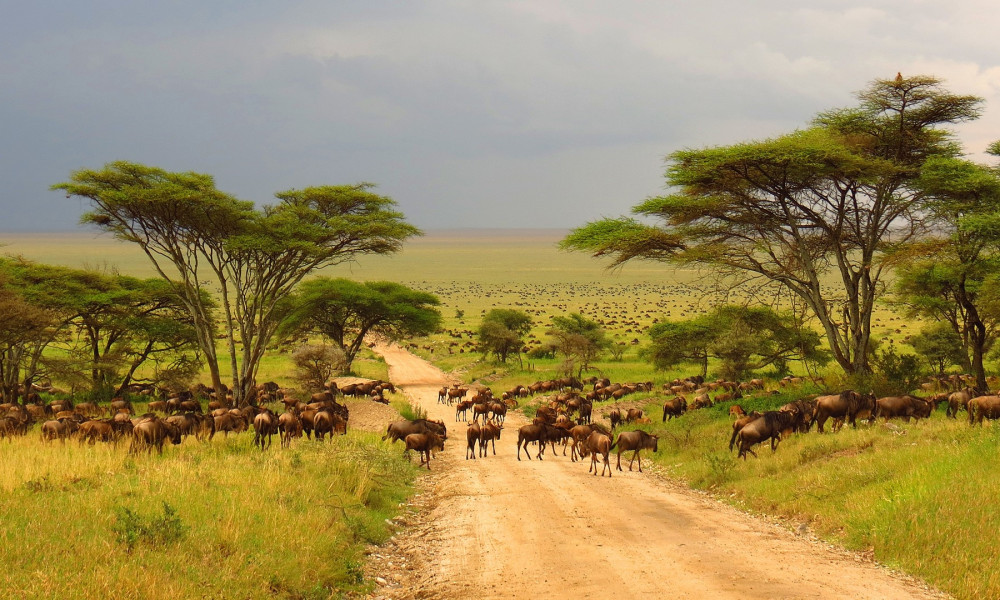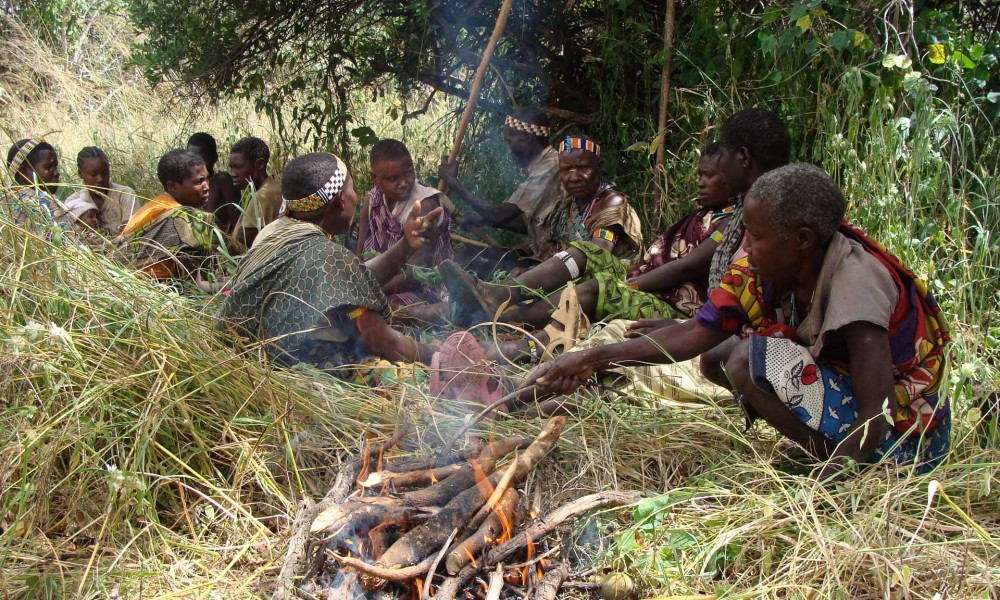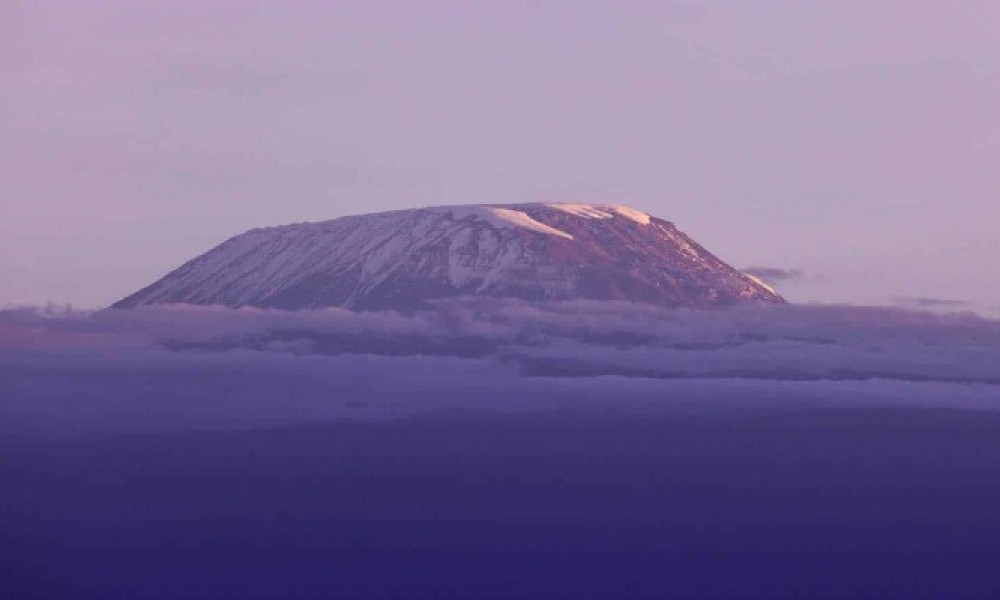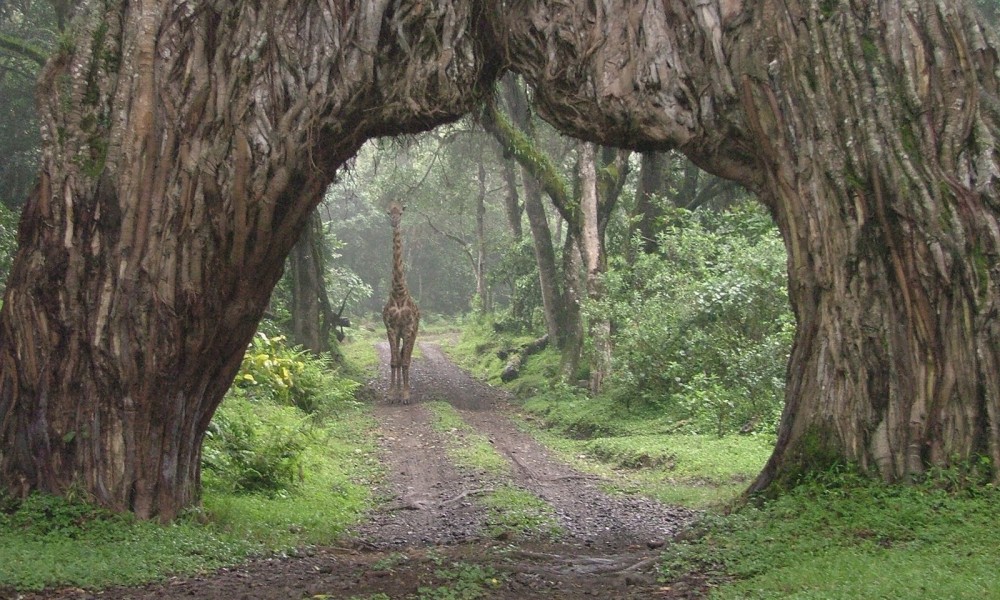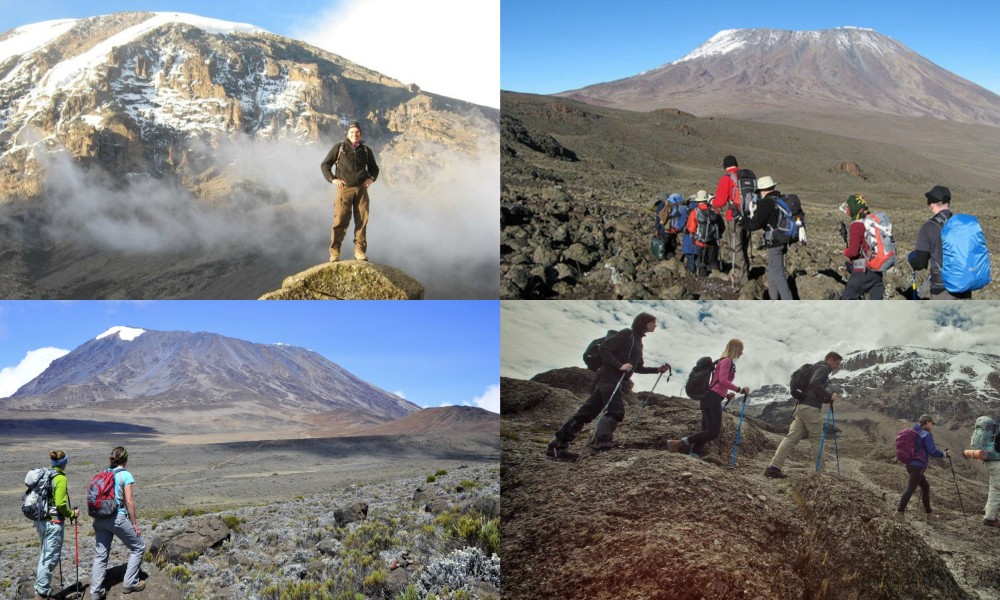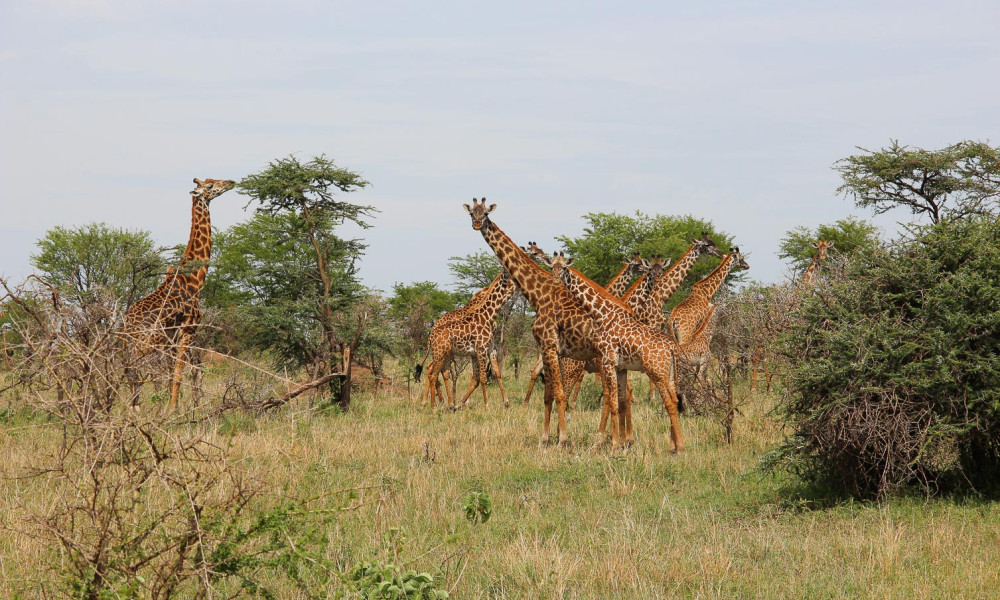Gody

The Great Serengeti Migration
In search of lush grass and clean water, millions of wildebeest, zebra, and gazelles travel across the Serengeti plains every year.
The Serengeti's southern and northern plains serve as the herds' primary feeding grounds. Each year, the animals move frequently between these two regions. At a specific time of the year, their location can be roughly predicted, though this is reliant on rainfall patterns.
Where can I see the Migration in the best locations?
The annual wildebeest migration can be spotted at any time of the year; you just need to know where to look! The proper question should focus on the "best places" to view them at particular times of the year.
The cycle of Serengeti migration
November and December: Around the beginning of November, the brief rains start. The animals then start to move onto the Serengeti's short-grass plains in late November and early December. These are near Ndutu, to the south and east of Seronera.
February, March, and January The majority of wildebeest calves are born in February, and the animals remain in the same region. There are thought to be 8000 foals born every day for about three weeks.
The animals begin their long migration north in April or May in search of new grazing land and fresh water.
June: In the Western Corridor, the animals gather on the Grumeti River's south side. Instead of being one continuous river, the river here typically consists of a number of pools and channels. The Grumeti have an annual feast thanks to the animals.
August and July: The migration keeps moving north, frequently dispersing over a large area. Some travel through the Grumeti Reserve and Ikorongo, while others travel through the Serengeti National Park's central region.
September: The migration's biggest challenge is the Mara River, which is why the herds disperse across the northern Serengeti. This river rushes from Kenya's neighboring Maasai Mara Game Reserve through the northern Serengeti. If you are fortunate enough to witness a crossing, it is amazing.
October: The herds are moving south once more, through western Loliondo and the Lobo region of the Serengeti National Park, in search of the green shoots that appear after rains on the southern Serengeti's short-grass plains.
Where the migration will occur: preparing for a safari
Please use the following advice when organizing or requesting your safari if viewing the migration is a top priority:
Please be aware that it takes at least 6 hours to travel from Arusha to the Southern Serengeti. Given that the Serengeti is the same size as Kuwait, travel distances and times can be lengthy.

